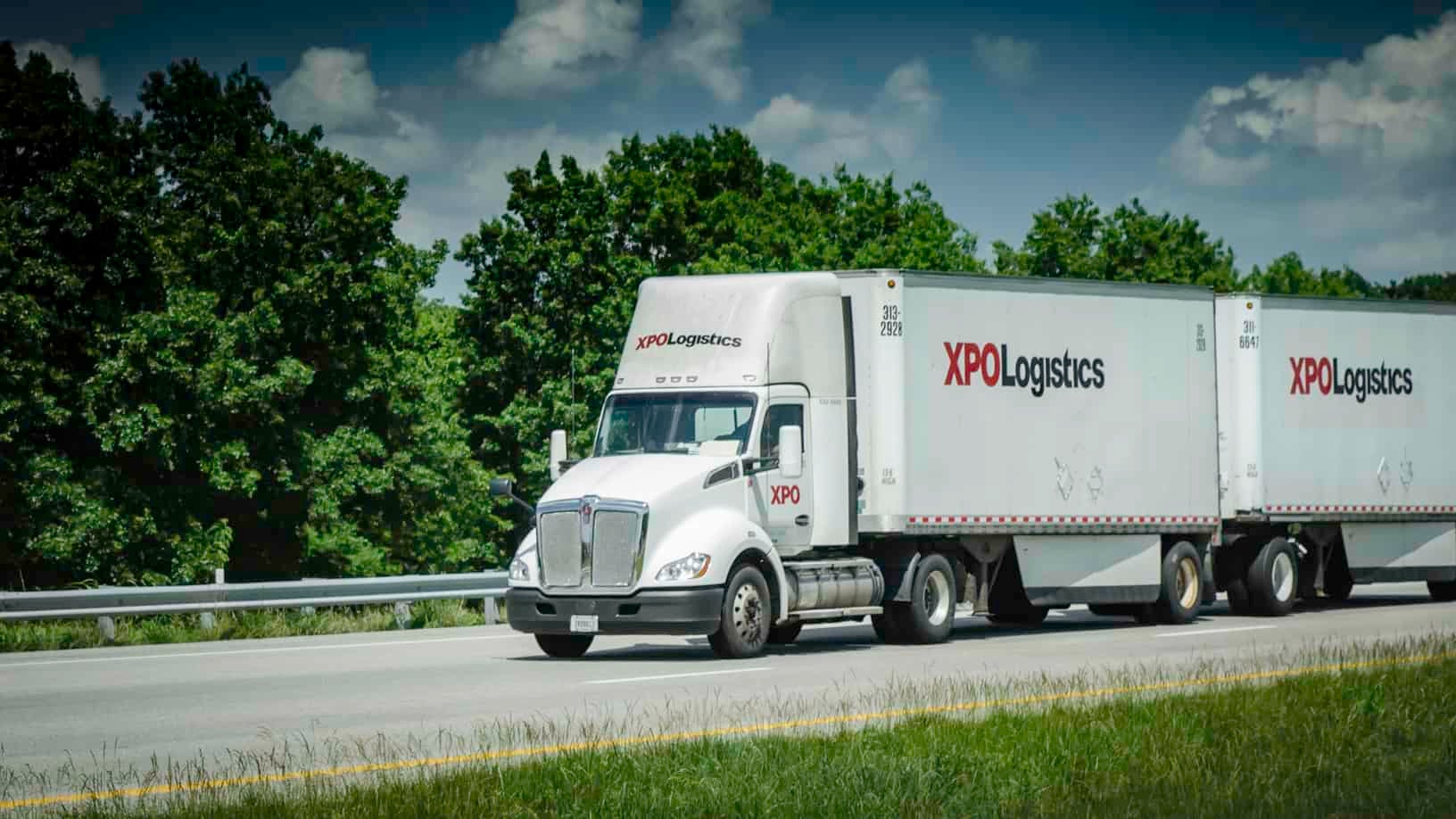XPO Logistics, Inc. (NYSE:XPO) reported Thursday a year-over-year decline in second-quarter revenue, and scaled back its top-line forecast for the year due to the impact of lower truckload brokerage rates and unfavorable currency swings.
At the same time, XPO posted a 10.7 percent margin increase on earnings before interest, taxes, depreciation and amortization (EBITDA), the largest such quarterly gain in its eight-year history. It also raised its full-year EBITDA forecast to a range of between $1.675 billion and $1.725 billion, up 7 to 10 percent from prior forecasts. In addition, free cash flow for the year was raised to a range of $575 million from $675 million from $525 million to $625 million, the transport and logistics provider said.
The results indicate that XPO leveraged cost controls and its strengths in information technology to squeeze profits out of a generally tepid macro environment. The company said it sees little change on the macro front for the rest of 2019.
For the quarter, XPO’s revenue came in $4.28 billion, down from $4.36 billion in 2018. Its transportation segment posted a year-over-year decline, while the logistics segment showed a slight gain. The company now expects 1 percent revenue growth for the year, compared to prior estimates of a 3 to 5 percent gain. So-called organic growth–which excludes fuel and foreign exchange–was reduced to a range of 2.5 percent to 4.5 percent from 5.5 percent to 7.5 percent.
Adjusted second-quarter net income came in at $123 million, flat over the 2018 period. The company’s 2019 net income excluded about $12 million in pre-tax expenses. Adjusted expenses are considered non-recurring and typically don’t affect the on-going operation of the business.
XPO posted operating income of $258 million in the 2019 quarter, up from $238 million in 2018. Diluted earnings per share was reported at $1.19, up from $1.03 a share in the 2018 quarter and above the $1.04 median estimate of 11 analysts polled by Barchart.
Adjusted earnings before interest, taxes, depreciation and amortization (EBITDA) rose to $455 million from $437 million for the same period in 2018, XPO said. The 2019 earnings excluded $5 million of associated costs.
XPO generated $260 million in operating cash flow in the quarter, and $246 million of free cash flow.
In a statement, XPO Chairman and CEO Brad Jacobs said the company exceeded estimates on EPS, adjusted EBITDA and free cash flow despite a flat-to-down operating environment. Net revenue margins on North American brokerage business rose 20.4 percent, up from 16.8 percent in the 2018 period, Jacobs said. XPO executives said the company leveraged its I.T. tools to realize favorable pricing outcomes in brokerage, which helped offset the effects of the slow macroeconomic climate.
Less-than-truckload (LTL) yield increased by 3.9 percent, while adjusted LTL operating ratio in the quarter hit 80.3 percent, a record for any quarter, Jacobs said. Operating ratio, the ratio between revenues and expenses, is a key metric of a carrier’s operating efficiency. It meant that XPO spent about 80 cents for every dollar in North American LTL revenue.
North American LTL will generate $1 billion in annual EBITDA by 2021, Jacobs said. The company did not disclose current EBITDA for the unit.
Demand for logistics services was stronger in the quarter than for transportation services. The company’s huge contract logistics operation has experienced solid growth from various verticals, notably e-commerce, the company said.
The transportation and logistics segments were hurt by the loss of business from XPO’s largest customer, which was never identified but is widely believed to have been Amazon.com, Inc. (NASDAQ:AMZN). The customer pulled about $600 million in annual business from Amazon starting in 2018’s fourth quarter. The withdrawal of traffic mostly impacted XPO’s transportation segment.
Jacobs said earlier this year that all of the pulled business would disappear during the first half of 2019.










